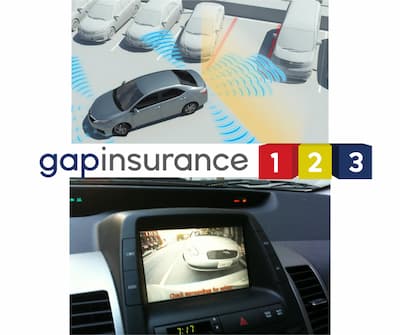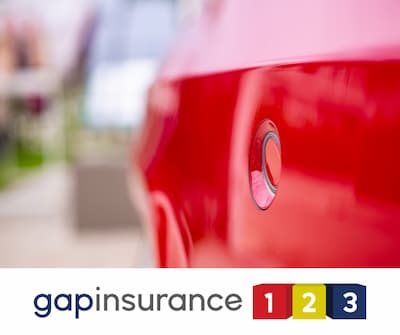Call Monday-Friday 9am - 6pm Closed Saturday & Sunday
A new study recorded by the Insurance Institute for Highway Safety (IIHS), rearview cameras is safer when used independently. The study showed that drivers had no more safety protection through parking sensors than using just their mirrors. When they had both sensors and cameras, the result was more dangerous.
The study results on Parking sensors
One hundred eleven volunteers were asked to perform normal driving behaviours in an empty parking lot in the Los Angeles area using a 2013 Chevrolet Equinox LTZ. The volunteers were told they were there to evaluate the SUV's entertainment and information systems, hiding the purpose of the study. After completing various parking manoeuvres and tasks such as tuning the radio and reading from a navigation display, the volunteers were then asked to back out of a spot and return to where they had left their vehicles. When they vacated a parking spot, a child's cut-out either jumped up or moved into place to surprise them. The cars were equipped with parking sensors, backup cameras, and both or neither. 
For the stationary object, the results were;
- 100% of those using just mirrors,
- Around 95% with parking sensors,
- 56% with a backup camera,
- 75% with both hit the cut-out.
For the moving object, the results were;
- 13% using just mirrors,
- 40% using sensors,
- 13% using a backup camera,
- Less than 10% using both hit the cut-out.
Parking sensors were deemed to be almost useless, with the major problem being that they had a range of only eight feet which didn't allow for enough time to react. Backup cameras were less helpful because drivers were less likely to look at the video display when they had a parking system.
Rearview cameras could not prevent all collisions, even when properly used. For example, when the stationary object was in the shade, nearly every driver who looked at the display still hit it. On a day to day basis, weather and lighting conditions would likely affect the use of cameras.
Comments on the study results 
David Zuby, The executive vice president & chief research officer of the IIHS, commented.
"Right now, cameras appear to be the most promising technology for addressing this particularly tragic type of crash, which frequently claims the lives of young children in the driveways of their own homes. The sensors might be more useful if they had a larger range and could provide an earlier warning. Even when drivers braked in response to the sensor, few collisions were prevented even when drivers braked in response to the sensor."
Two hundred ninety-two people are estimated to be killed and 18,000 injured each year by drivers who reverse into them, usually in driveways or parking lots. Young children and older adults are the most susceptible to losing their lives in these tragic circumstances. Large blind zones of many vehicles massively increase the risk of preventing drivers from seeing objects behind the rear bumper, especially those low to the ground. SUVs and pickup trucks typically have the most extensive blind zones, and they are involved in more backover crashes than cars.
The research comes as the National Highway Traffic Safety Administration (NHTSA) considers whether to require cameras on passenger vehicles. The Institute has said it supports efforts to encourage rearview cameras in comments to NHTSA. At the same time, it has urged the agency to require that a certain amount of room around a vehicle be visible by undertaking back and forth glances and using the mirrors on the car.
"Having an available rearview video system on a vehicle model should not justify design choices that restrict direct visibility around the vehicle," the Institute wrote.
Manufacturers are maybe able to improve their technological options. Both cameras and sensors would likely be more effective if automatic rear braking technology were installed and combined with other safety features. Through another study, auto brake for front crash prevention is more effective at preventing or mitigating frontal crashes than warning systems alone.


